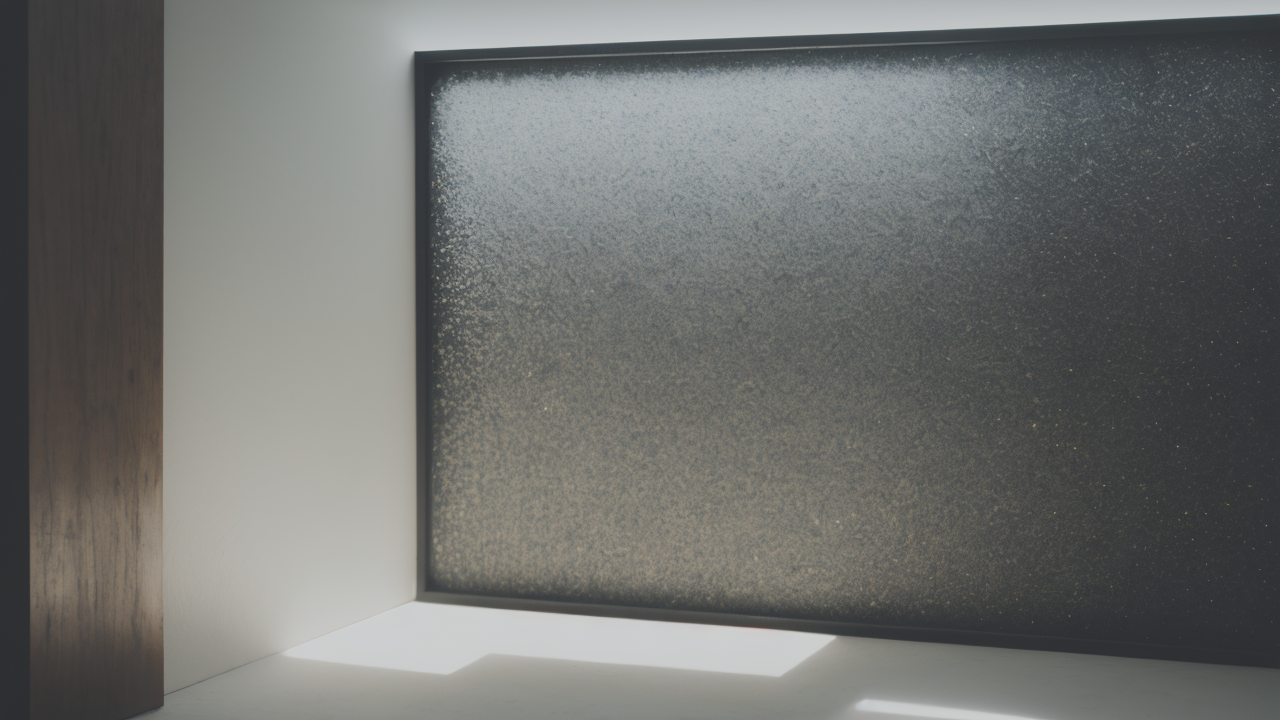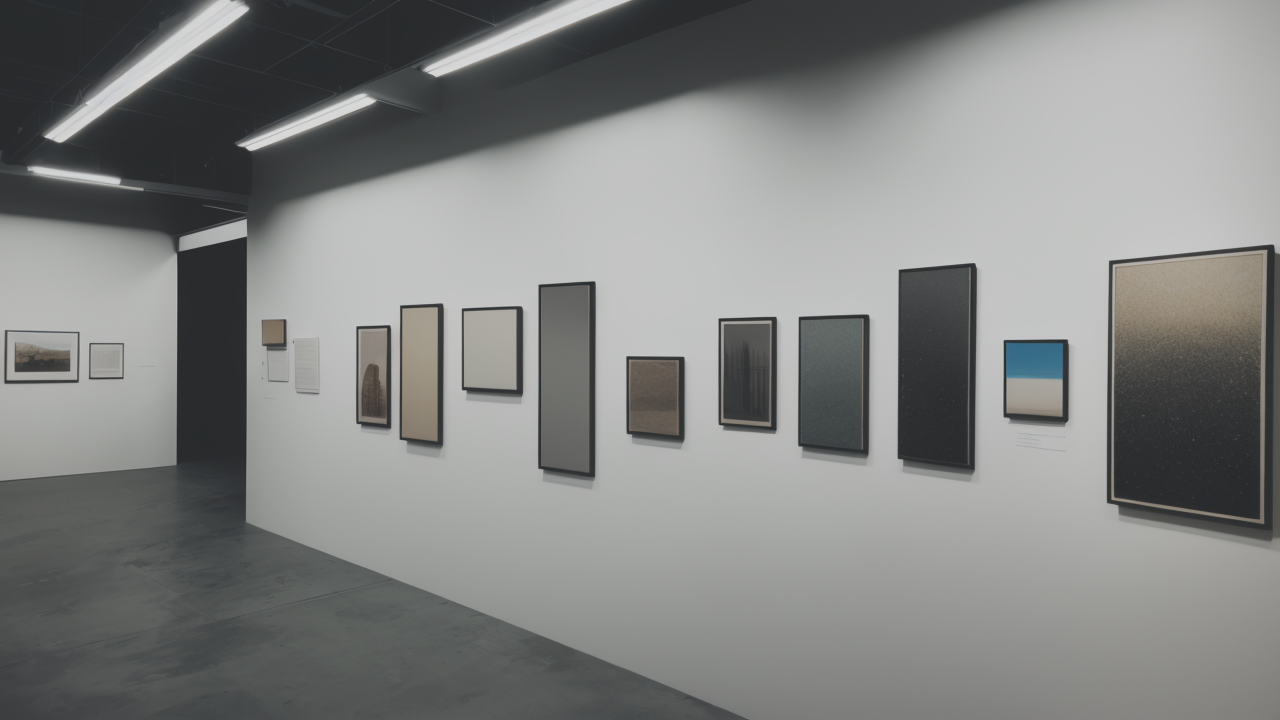
The Art of Texture: Elevating Minimalist Drawings with Plaster (GS069)
The Essentials of Minimalism in Art: Why Plaster Works
Understanding Minimalism: A Brief History
Minimalism in art emerged in the 1960s as a reaction to abstract expressionism. It focuses on simplicity and the essence of form. Artists like Donald Judd and Frank Stella pioneered this movement. They stripped away excess, leaving only the most basic elements.

Minimalist art often uses simple geometric shapes and monochromatic color schemes. It aims to create a pure, uncluttered aesthetic. The goal is to evoke a sense of calm and contemplation in the viewer. Over time, minimalism has evolved, influencing various art forms and design principles.
Today, minimalism continues to be a powerful force in contemporary art. It challenges artists to convey meaning with limited elements. This approach aligns perfectly with the use of plaster in art creation.
The Role of Materials in Minimalist Art
Materials play a crucial role in minimalist art. Artists carefully choose substances that enhance their work's simplicity. Common materials include metal, wood, and stone. Each material brings its own texture and visual quality to the piece.
Minimalist artists often use industrial materials. These materials lack traditional artistic associations. This choice helps viewers focus on the form and space of the artwork. The material itself becomes an integral part of the artistic expression.
Plaster fits well into this philosophy. It's a versatile material that can be shaped and textured in many ways. Its neutral color and matte finish align with minimalist principles. Plaster allows artists to create subtle variations in surface and depth.
The Aesthetic Appeal of Plaster in Contemporary Art
Plaster has gained popularity in contemporary minimalist art for several reasons. Its smooth, matte surface creates a clean, uncluttered look. This aligns perfectly with minimalist aesthetics. Plaster can be molded into various shapes, allowing for creative expression within simplicity.
The natural white color of plaster provides a neutral backdrop. This lets artists focus on form and texture. Plaster can also be tinted or painted, offering versatility. Its ability to hold texture and detail adds depth to minimalist works.
Many artists appreciate plaster's connection to classical art forms. This link to tradition adds a layer of meaning to contemporary pieces. Plaster's tactile quality invites viewers to engage more deeply with the artwork.
Crafting Minimalist Masterpieces: Techniques for Using Plaster
Preparing and Applying Plaster for Art
Creating minimalist art with plaster starts with proper preparation. First, choose the right type of plaster for your project. Options include gypsum plaster, lime plaster, and cement plaster. Each has unique properties and drying times.

Before applying plaster, prepare your surface. Clean it thoroughly and apply a primer if needed. Mix the plaster according to the manufacturer's instructions. Consistency is key for smooth application.
Apply the plaster in thin layers using a trowel or spatula. Build up layers gradually for desired thickness. Smooth the surface between layers for a flawless finish. Allow each layer to dry completely before adding the next.
Tools and Techniques for Creating Minimalist Textures
Texture is crucial in minimalist plaster art. Various tools can create interesting effects. Common tools include:
- Trowels and spatulas for smooth surfaces
- Brushes for creating patterns
- Sponges for adding subtle texture
- Carving tools for precise details
Experiment with different techniques to achieve unique textures. Try dragging a comb through wet plaster for linear patterns. Press objects into the surface for imprinted textures. Sand dried plaster for a weathered look.
Remember, in minimalism, less is more. Use texture sparingly to enhance the overall simplicity of your piece. The goal is to create interest without overwhelming the viewer.
Tips for Maintaining and Caring for Plaster Artwork
Proper care ensures the longevity of plaster artworks. Here are some tips:
- Keep artwork away from moisture to prevent damage.
- Dust regularly with a soft, dry cloth.
- Avoid touching the surface to prevent oils from hands damaging the plaster.
- Use a mild soap solution for cleaning if necessary.
- Store artwork in a cool, dry place when not on display.
For outdoor plaster art, consider applying a sealant. This protects against weather damage. Repair any cracks or chips promptly to prevent further deterioration. With proper care, plaster artworks can last for many years.
Beyond the Surface: The Impact of Plaster in the Art World
How Plaster Enhances Visual Dynamics in Minimalist Drawings
Plaster adds a unique dimension to minimalist drawings. Its texture creates subtle shadows and highlights. This enhances the visual interest of simple forms. The interplay of light on plaster surfaces brings drawings to life.

Artists use plaster to create depth in otherwise flat compositions. By varying the thickness of plaster, they can create raised areas. This adds a sculptural quality to 2D works. The result is a dynamic piece that engages viewers on multiple levels.
Plaster's ability to hold fine details allows for intricate textures. These textures can contrast with smooth areas, creating visual tension. This tension is a key element in many minimalist works. It draws the eye and invites closer inspection.
The Influence of Plaster Artwork on Modern American Art
Plaster has played a significant role in shaping modern American art. In the mid-20th century, artists began exploring its potential. They moved beyond traditional sculptural uses. Plaster became a medium for experimentation and innovation.
Artists like Donald Judd incorporated plaster into their minimalist sculptures. They appreciated its simplicity and versatility. Plaster allowed them to create pure forms without distraction. This approach influenced a generation of artists.
Today, contemporary American artists continue to push the boundaries of plaster art. They combine it with other materials and techniques. This fusion creates new forms of expression within the minimalist tradition.
Showcasing Minimalist Artwork: Best Practices and Exhibition Standards
Exhibiting minimalist plaster artwork requires careful consideration. The goal is to enhance the work's impact without overshadowing it. Here are some best practices:
- Use neutral wall colors to avoid competing with the artwork.
- Provide ample space around each piece to allow for contemplation.
- Adjust lighting to highlight textures without creating harsh shadows.
- Consider the overall flow of the exhibition space.
- Use simple, unobtrusive labels that don't distract from the art.
When transporting plaster artworks, use padded crates to prevent damage. Handle pieces with clean, dry hands or wear gloves. Maintain consistent temperature and humidity levels in the exhibition space.
Curators should provide context for minimalist plaster art. This helps viewers appreciate its significance. Consider including artist statements or brief explanations of techniques used. Interactive elements can enhance engagement without compromising the art's simplicity.
By following these guidelines, galleries and museums can create impactful exhibitions. They can showcase the beauty and complexity of minimalist plaster art effectively.


